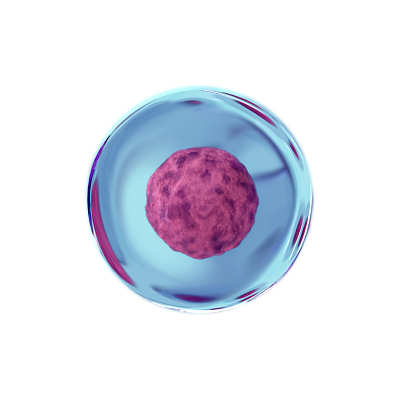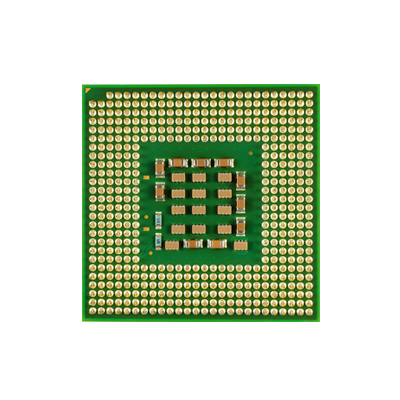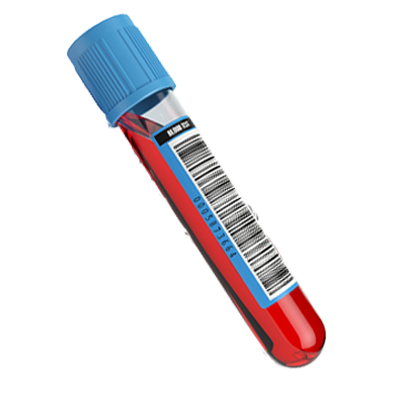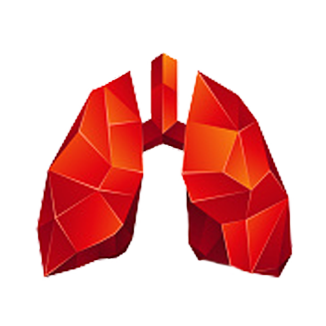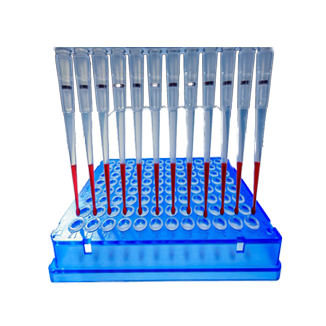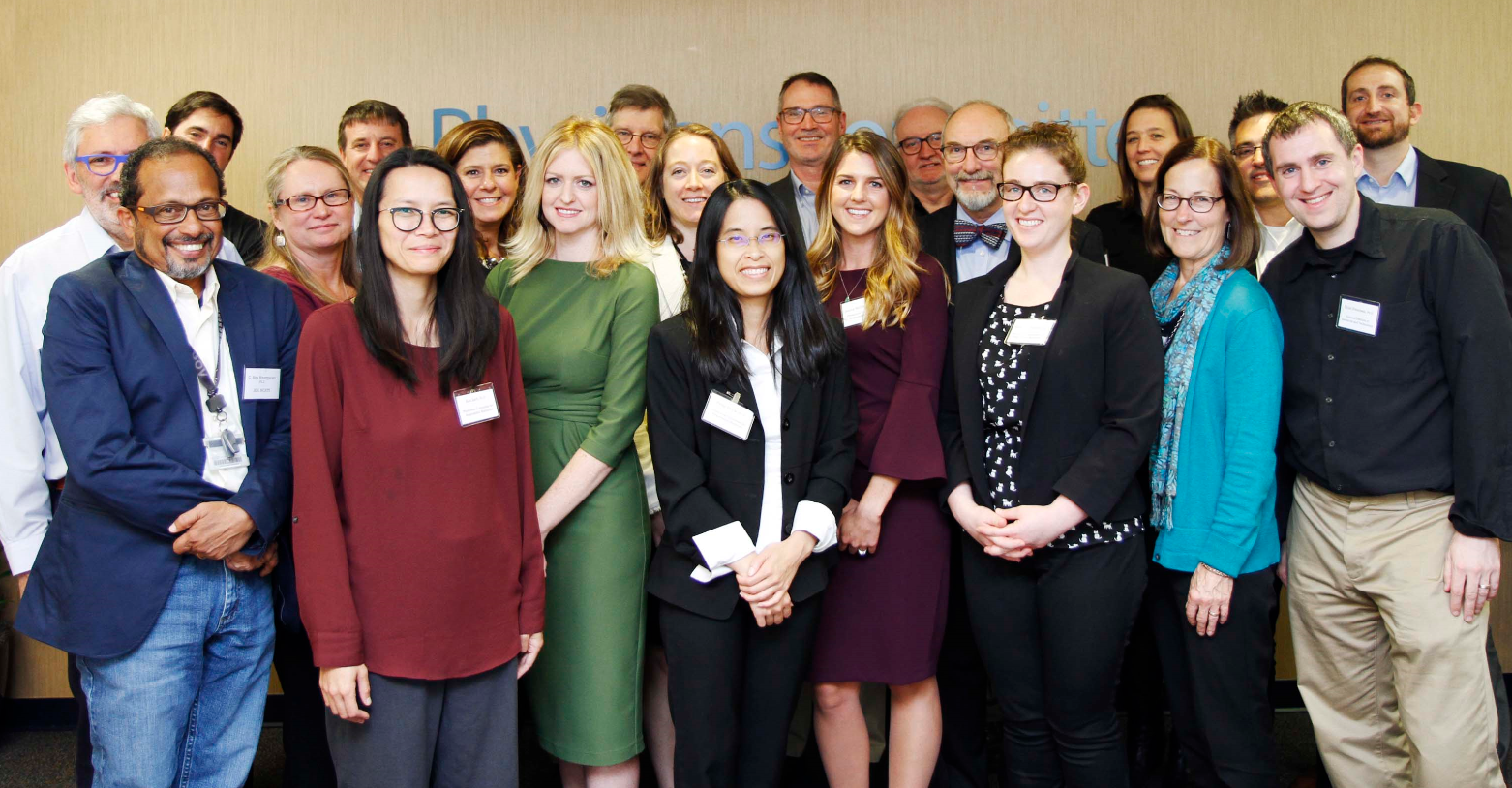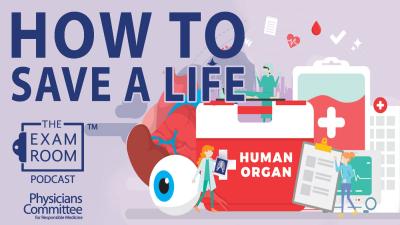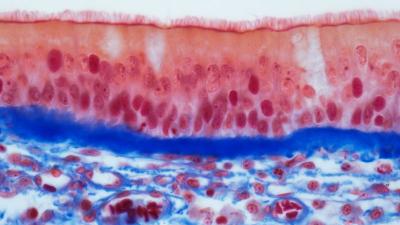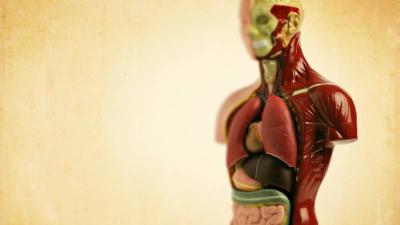Human Tissue Research
Donating Tissue Saves Human and Animal Lives
A great number of different factors combine to create a patient profile. Humans are genetically unique, lead different lifestyles, eat different diets, and present different health issues; they may be on different treatment combinations or develop diseases at different ages.
For all these reasons and more, using human tissue in research is critically important to advance our knowledge of disease pathways and mechanisms. Research using human tissue can expand our fundamental understanding of human biology and can help us develop disease diagnosis techniques, future therapies, and treatment protocols. Conducting research with human tissues enables faster development of more effective, safer drugs and an enhanced understanding of the basic disease processes that affect humans.
By donating tissue, donors increase the number of human samples available for research that could help prevent and treat diseases such as cancer, diabetes, and Alzheimer’s disease, and help to reduce the number of animals used in scientific and medical testing. By simply registering to become an organ and tissue donor (which you can often do online through your state’s motor vehicle department), you can help scientists save human lives and reduce and replace animals used in research.
Register to be a tissue donor at OrganDonor.gov, operated by the U.S. government’s Division of Transplantation within the U.S. Department of Health and Human Services, or at Donate Life.
Other organizations such as the National Disease Research Interchange and International Institute for the Advancement of Medicine also accept tissue from both living and post-mortem donors. Individuals can donate blood, tissue from surgery (such as tumors or diseased organs), or organs after death, including those that cannot be used for transplant.
Once you have registered to be a donor, it is important to discuss this decision with your family to ensure that they are aware of your wishes.
The Tissue Issue
The use of human tissues in scientific research has improved health care by leading to discoveries in disease progression, drug development, and medical procedures. Organs-on-chips, 3D bioprinting, and other methods that use human tissues instead of animals produce results that better translate to human health.
Human tissue is typically obtained post-mortem from people who are organ donors, as surgery remnants, and via blood or other bodily fluids. But accessibility is often cited as one of the main barriers of using human tissues and cells for scientific advancement.
We’ve put together a resource for scientists who need more information about accessing human tissue for research.
The Physicians Committee convened The Human Tissue Roundtable to address the issue. The roundtable speakers—scientists, policy experts, physicians, and leaders from U.S. federal agencies and nongovernmental organizations—covered the full spectrum of human tissue donation, from a transplant surgeon who initiates the cycle of tissue recovery in the operating room to a scientist who uses human cells to study drug development for preclinical trials.
The Human Tissue Roundtable led to the development of the following recommendations and the Physicians Committee is working to achieve them.
- Simplify language and streamline donation consent forms.
- Improve communication between medical professionals, scientists, donors, and the public so that everyone has a better understanding of the value of human tissue for research purposes and the need for quality tissues.
- Increase continuing education opportunities to improve the process of collecting human organs and tissues for research.
- Create a database to match tissue providers with researchers based on specific tissue needs, such as the quantity, time parameters, and processing technique.
- Establish a set of quality control criteria, well-defined minimum performance metrics, and parameter specifications for each tissue or cell type.
- Create standardized criteria of use, language, characterization, cell type, recovery, and procurement practices to be widely adopted as best practices.
- Revise current U.S. federal regulations favoring research or tests using animals.
- Work with the U.S. Congress and all stakeholders to prioritize human tissue research.
For more information on the Human Tissue Roundtable, read the Workshop Report: Increasing the Availability of Quality Human Tissue for Research.
Human Tissue Health Breakthroughs
Scientists have recently used human lung tissue derived from patients affected by chronic obstructive pulmonary disease to discover a method for repairing lung tissue. Researchers have also used human skin cells leftover from surgeries to develop a test that more accurately identifies skin irritants than animal tests. There have also been advancements in brain, heart, vision, and other areas of health research.
Scientists, check out this resource on how to access human tissues!
Five Technologies that Use Donated Human Tissue
Disease-in-a-Dish
Human cells are grown in a 3-D gel and then induced to develop disease. Scientists can study how the disease progresses and test new therapies.
Tissue-on-a-Chip
Cells are embedded on a small chip, allowing researchers to quickly test the safety of new treatments.
Patient-Derived Samples
Patient-derived tissues, blood, and fluid samples are essential to researching disease.
3-D Bioprinting
Printed organs are used for chemical testing, medical research, and drug safety.
High-Throughput Screening
Ultra-high-speed robots test thousands of chemicals on cells in a single day.
Donate Your Tissue
Register to be a tissue donor at OrganDonor.gov, operated by the U.S. government’s Division of Transplantation within the U.S. Department of Health and Human Services, or Donate Life.
The National Disease Research Interchange also accepts tissue from both living and post-mortem donors. Individuals can donate blood, tissue from surgery (such as tumors or diseased organs), or organs after death, including those that cannot be used for transplant.
Once you have registered to be a donor, it is important to talk to your family members about your decision so they will know your wishes.
Become an Organ and Tissue Donor
